
How To Grow Veg In Your Own Raised-Bed Garden
Thanks to the COVID-19 lockdown, many of us have turned our attention to growing fresh fruit, vegetables and herbs at home; not only does this satisfy a craving to be self-sufficient but gardening is a wonderfully therapeutic and healthy hobby to have at home. Growing plants and produce in a raised bed is a highly accessible and achievable idea no matter how large or small your outdoor space is, and it is especially versatile and appealing to those who have a terrace or a balcony rather than a lawn garden. Providing you with expert gardening know-how and planting advice is our resident gardening pro, Mohammed Al-Dhuhouri, Founder of Local Roots UAE. Read on to learn more about the benefits of growing plants in a raised-bed garden and the best materials to use.
Raised-bed gardening is great way of growing a variety of plants, fruits and vegetables with brilliant drainage and easy access for the gardener. This form of gardening involves growing plants in soil that is enclosed within sectioned units, known as beds. Raised beds can be landscaped into any length or shape that best fits your garden or allotment, or what you desire to grow, and the ‘walls’ of each bed are commonly made from a hardwearing outdoor material like wood, stones or concrete. As the name suggests, the soil in a raised-bed garden is layered or raised above the surrounding earth (or paving) and enriched with organic compost and other soil enhancers such as peat moss, coco peat or perlite.
Aesthetically, raised beds can be as humble or as creative as you want them to be, from a simple raised wooden box to a landscaped rockery. A raised-bed planter can be a permanent fixture in your garden and a great place for perennial plants to settle in and mature. The initial cost of constructing a raised-bed garden will depend on how elaborate you make it and the materials you choose to create the bed, but once the raised-bed garden is in place they will cost the same as a traditional garden to maintain.
The Best Materials to Make Raised Beds
- Untreated Wood
Untreated wood is a great go-to material for creating lovely, rustic-looking raised beds. Untreated wood is very durable and, while it will weather naturally from the elements, such wood has a long lifespan. In addition, because it is untreated, there is a reduced risk of potential toxins moving from the wooden surrounds of the bed into the organic vegetables you might want to grow in your raised-bed garden, keeping your family safe and fed well.
- Rock and Stone
If you have some natural rock, such as small boulders or large pebbles and stones, in and around your property, put them to good use by salvaging them to create a completely natural, home-sourced raised bed garden. While you may get a good workout moving particularly heavy rocks and stones to your garden site, the initial effort will result in satisfying long-term gains with rock-made raised beds that will last indefinitely with little maintenance. If you want to add height to the walls of your raised bed by stacking stones and rocks on top of one another, use a type of mortar to hold them in place safely.
- Brick or Cement Blocks
Brick is another versatile, durable option from which to make a raised-bed garden, however, this material also comes with a higher price tag compared to untreated wood or salvaged stones, depending on what type of brick you want and whether it is new or recycled. Like rock, brick-made garden beds will withstand the test of time for many generations once built, which is a selling point.
If you’re looking for a more affordable option, cement blocks are a cheaper alternative but avoid concrete blocks that contain fly ash — this can be found mixed into cinder blocks, especially older ones. Fly ash often contains heavy metals like mercury, arsenic and lead, which can leach into your garden bed and contaminate the soil and the produce you grow.
5 Reasons to Grow Plants in Raised Beds
Essential Aeration
Raised beds provide plants with a rich, growing media with a loose structure and allows for good air circulation around the roots. This is essential because — just like every other part of the plant — roots need to breathe, too. A plant’s roots breathe in the oxygen from the air and expel carbon dioxide, but if the soil is too compacted the roots can suffocate and fail to develop properly. Good aeration in the soil is also necessary for a plant’s roots to absorb essential nutrients. For example, air pockets in the soil will hold nitrogen, which is converted into nitrate and nitrite salts (important macronutrients for the plant) by ‘friendly’ bacteria in the soil. However, if there are too few air pockets from a lack of aeration, there is less nitrogen and macronutrients available for the roots.
Good Drainage
Raised beds provide essential drainage even in heavy rains, which is why raised-bed gardens are popular in tropical areas that also receive a heavy rainfall or a monsoon season. The loose texture of the soil allows water to seep into the bed, preventing quick runoff that would otherwise carry away the fertile topsoil, while at the same time allowing for excess water to drain away. Most plants grow well in moist soil, but many of them hate wet ‘feet’. For one thing, too much water around the roots interferes with their breathing. Secondly, constant moisture promotes bacterial and fungal diseases. Water logging can even change the pH of the soil, making it more acidic and less favourable to plants preferring neutral to slightly alkaline soils.
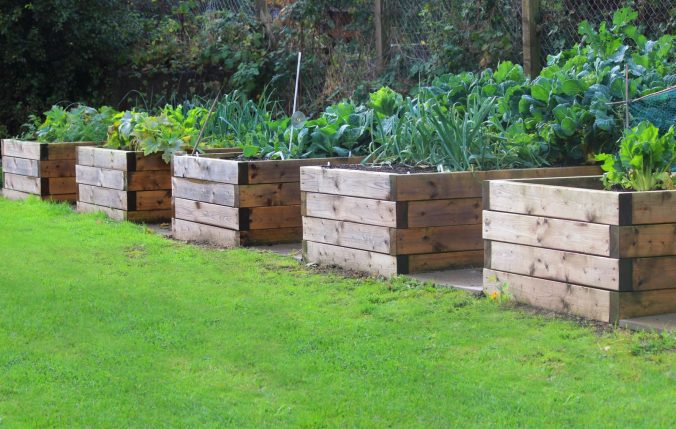
Via https://www.goodhousekeeping.com/
Reduced Risk of Soil Compaction
Raised bed planting may not prevent your cats and dogs from digging up the soil, but there is a reduced risk of people and larger animals casually walking on the beds and tamping down the soil. If the width of a raised bed is between three to four feet, you can conduct other gardening chores like fertilising, weeding and harvesting without stepping on the bed. Flooding during heavy rainfall is another way the soil in cultivated fields gets adversely compacted, with the wet and heavy soil particles settling down and filling up essential air pockets. As the water evaporates, it leaves behind a hard and dense layer of soil, which is less hospitable to plants. With water quickly draining away from raised planting beds, it is unlikely that the soil will compact from flooding.
Easier Weed Control
Raised-bed gardens encounter relatively few weed problems. On a normal bed or vegetable patch, even if you double dig the ground and meticulously remove all the weeds, you might see weeds taking over the beds soon after because deep cultivation can expose the weed seeds lying dormant in the soil. Sun exposure and the additional water they’ll enjoy when you irrigate will provide the seeds with the opportunity to sprout. Such weeds will quickly take root in the fertile soil and thrive on the nutrients meant for your vegetables and plants. When you construct a raised bed, you have the option of filling up the frames with compost and soil that is relatively free of weeds. The loose soil and good accessibility to each bed will make it easier to pull up the few weeds that may come up. When planting, the general advice is to place the plants very close to each other, and when they grow and fill in the bed they will do an excellent — and natural — job of suffocating out any pesky weeds.
Better Pest Control
Creepy crawlies can find their way into vegetable patches easily simply from crawling from the level ground nearby. By constructing a raised bed with solid frames, you have a better opportunity of deterring such insects. If nematodes and other soil parasites are a problem, you can protect your raised beds against them with more efficiency by using a plastic liner at the bottom and sides of the bed. When it comes to troublesome rodents that hope to burrow their way into your beds, a wire netting at the base of a raised bed can help to deter them. Whether you prefer to handpick offending bugs or use natural pesticides on your plants, it is much easier to perform either task with a raised bed as it gives you more visual and physical accessibility. Since you can walk between the beds and inspect the plants often, you might spot infestations early on — and the earlier you tackle pest problems, the better.
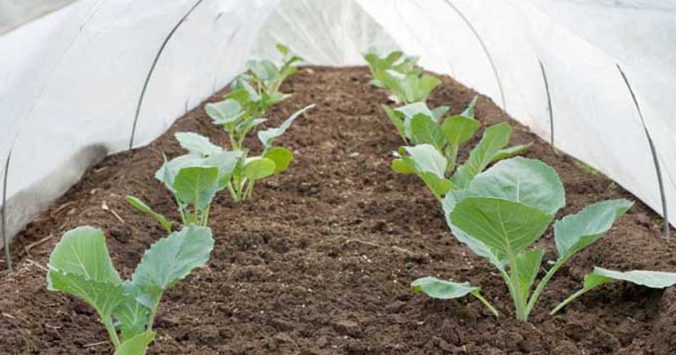
Via Gardeners path
No matter the size of your outdoor space, raised beds provide the perfect solution to growing healthy, productive plants at any age and any skill level. With the right raised-bed building materials, you’ll be well on your way to having a satisfyingly self-sufficient, active and healthy lifestyle for many years to come.
If you’re a green-fingered goddess and you’ve already embraced raised-bed gardening, share your planters and produce on Instagram and tag@homeclubme! If you feel inspired by these expert gardening tips check out more insightful ideas for your outdoor space on Home Club ME



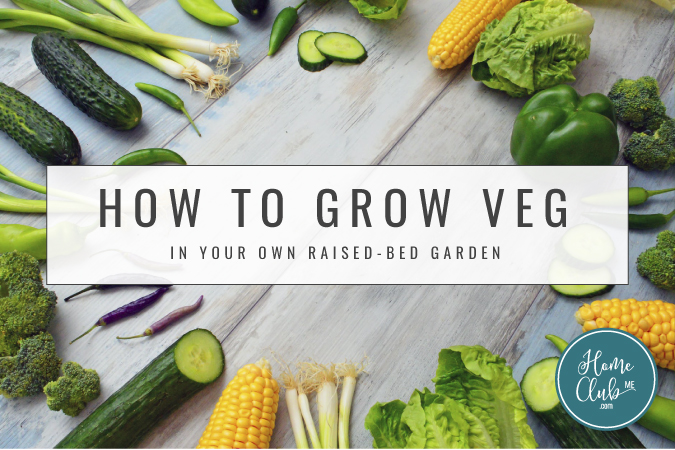
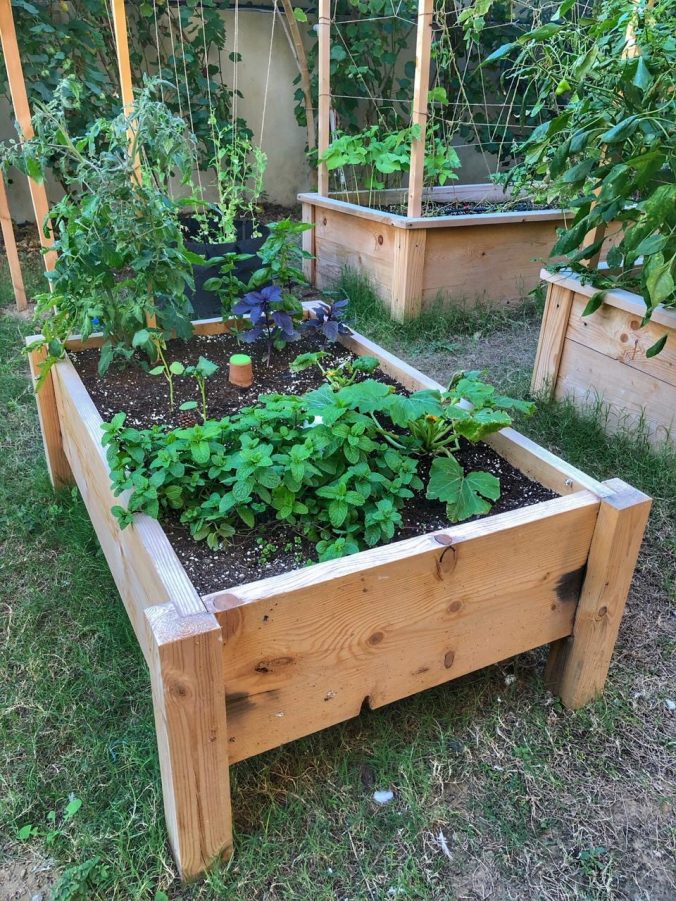
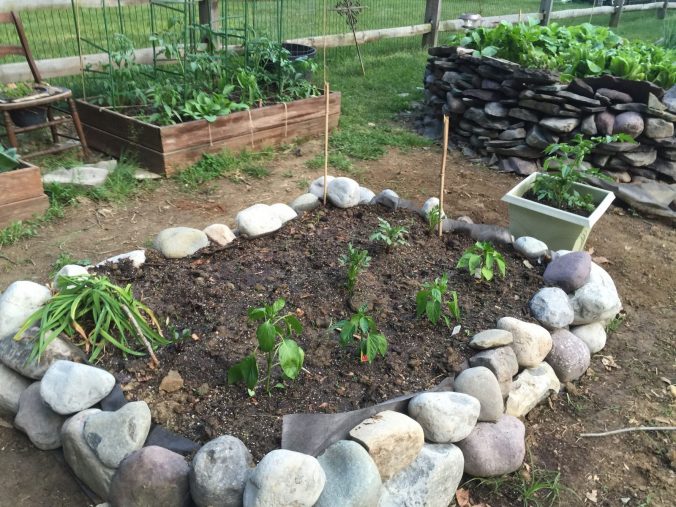
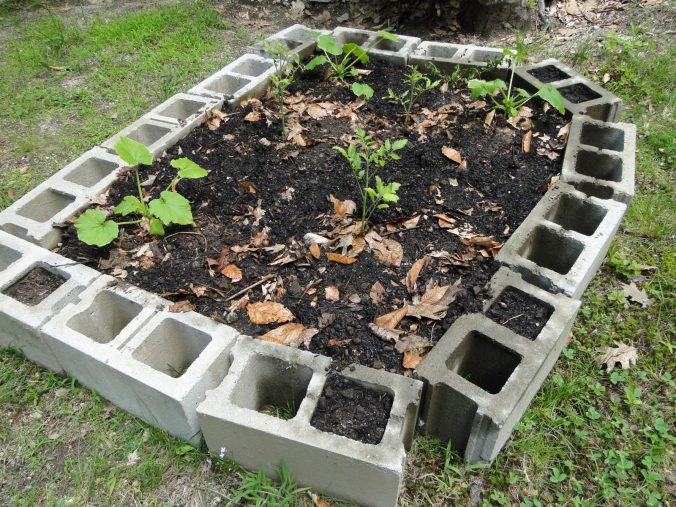
 Essential Aeration
Essential Aeration